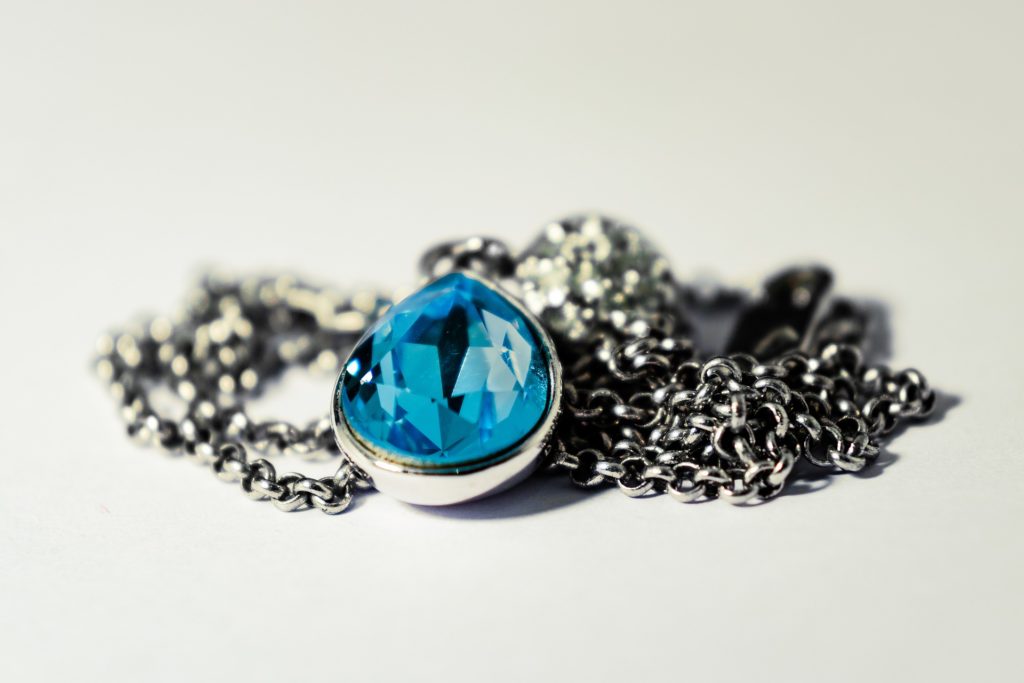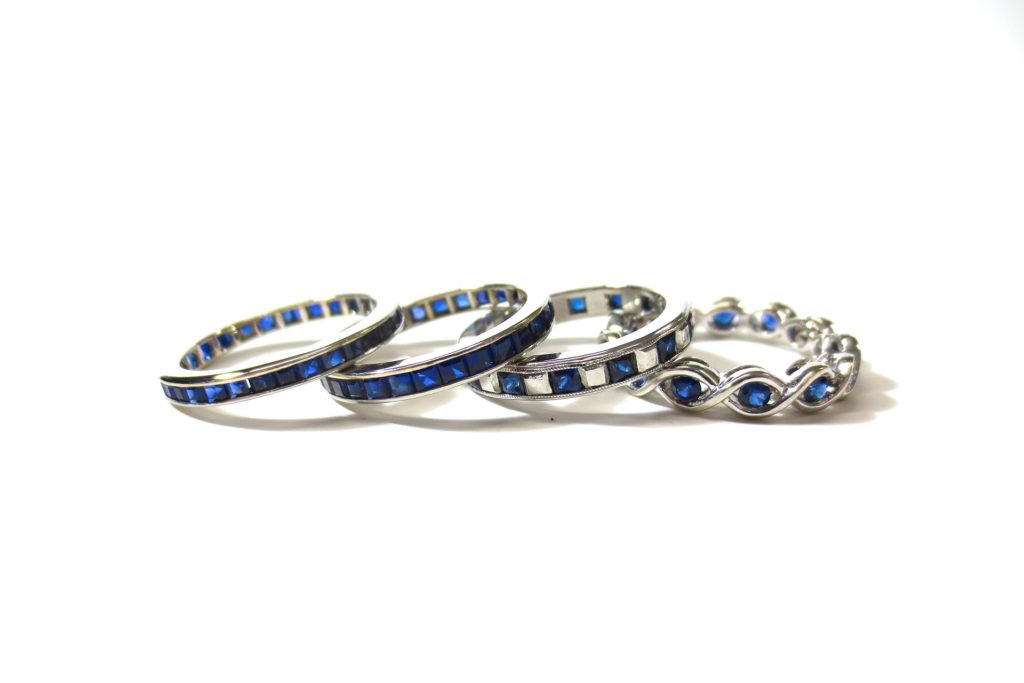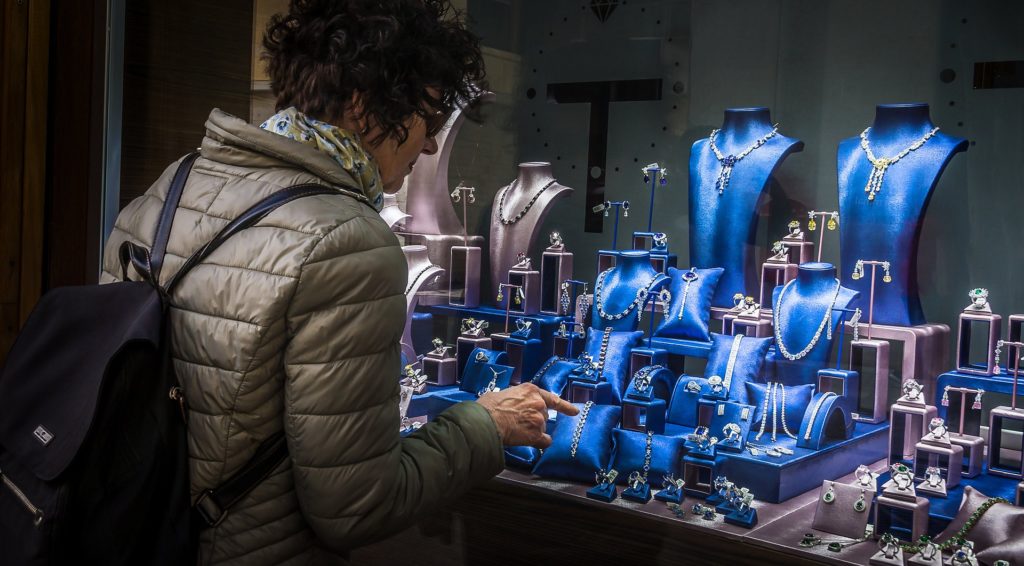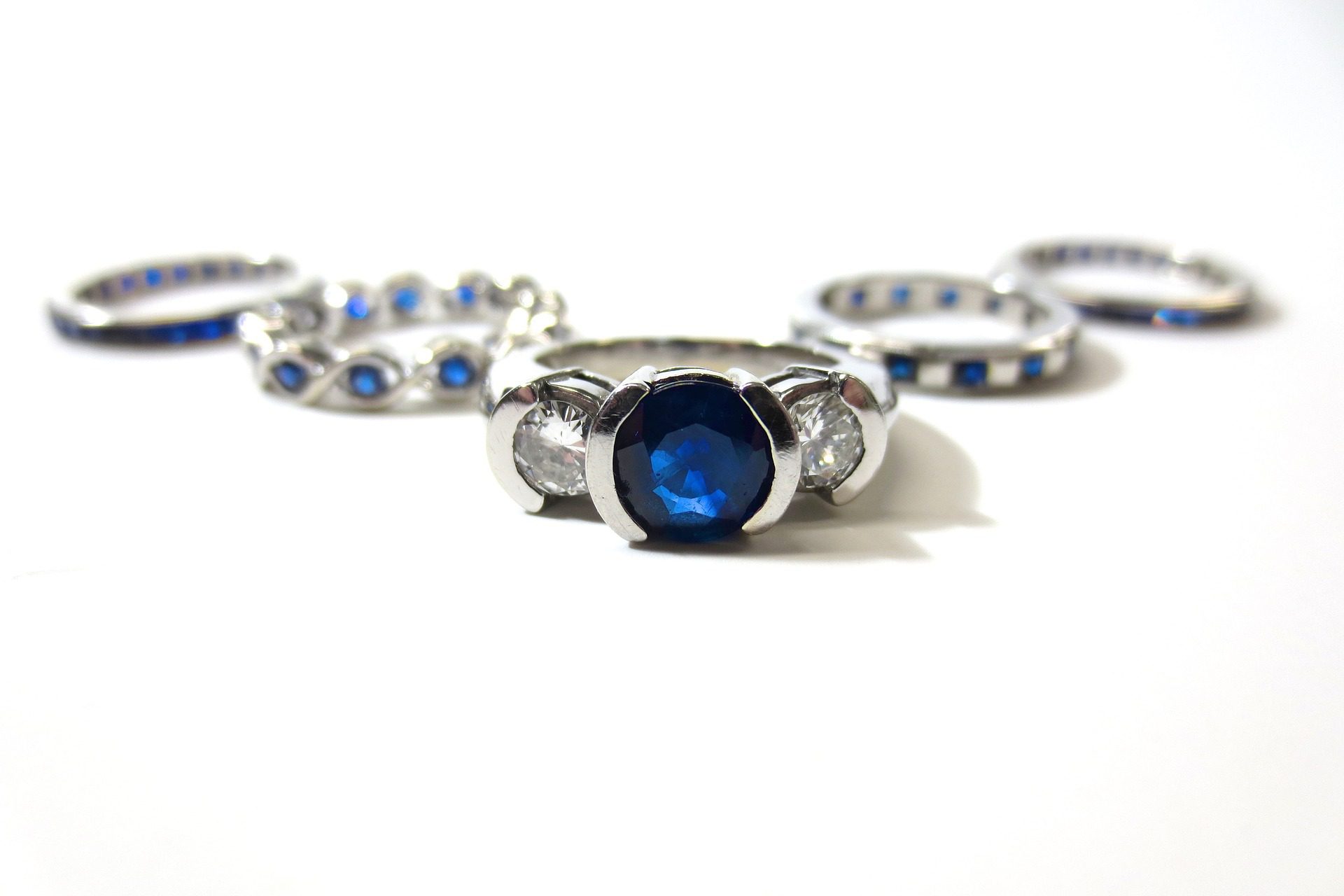Table of Contents
Here’s What You Need to Know
Fathers, are you looking for something special for Mother’s Day for your wife, the mother of your children? Blue diamonds are among the most famous diamonds in history. A Blue diamond is not only luxurious and prestigious but also expensive for an ordinary person. They are among the most expensive colored stones.
If you’re fortunate enough to afford a blue diamond, it makes for an elegant, classy, and distinct engagement ring. If you’re looking at the best alternative without breaking your bank account, you may want to consider treated blue diamonds.
In this post, you’ll get a comprehensive blue diamond buying guide that will help you understand the major factors to look into before making your purchase.
Let’s get started:
What Makes Blue Diamonds Blue?
As we’ve said earlier, blue diamonds are spectacular and are among the rarest form of the color diamonds. But what makes the blue diamonds blue?
The blue hue of the blue diamond is a result of the boron, a rare element of the earth’s crust (about 0.0001 percent). The diamond will have a blue color if boron is present during the formation of diamond, and nitrogen content is low. The intensity of the blue color in a diamond will depend on the concentration of boron. The higher it is, the more intense the blue color a diamond will have, and vice versa.
Some blue diamonds might look gray or green. Greenish clue color in diamonds may be due to radiation as well as nitrogen impurities, while the grayish tone is a result of hydrogen present during the diamond’s formation. It’s extremely rare to find blue diamonds occurring naturally. Most blue diamonds you see on the market contain secondary hues added to the primary blue color.

How to Grade the Color of a Blue Diamond
When it comes to the grading of the blue diamonds, color is the most important C of the 4Cs used in grading diamonds.
Sometimes it can be challenging to identify the color of a blue diamond because it comes in more than one color. For you to know the exact color grade, you should consider the hue, tone, as well as saturation.
Hue
The hue refers to the visible tint of a diamond. When it comes to blue diamonds, the hue of the stone would be blue. But as earlier said, other hues can be present as well.
Green and gray are the most common hues found in blue diamonds. The overall value of the stone can be affected if the gray and green tones overpower the blue. Pure colored diamonds are rare and costly.
Tone
The tone refers to how dark or light a diamond is. If the diamond is too light, it will not be clear as its color will appear faint. On the other side, if the stone is too dark, it may appear blacker as opposed to blue.
Selecting the tone depends on personal preference, but the best stones have a tone that is neither too light or too dark.
Saturation
How strong is the color of the stone? Obviously, the deeper the blue color is, the costlier it will be.
The hue, tone, and saturation have to be evaluated and graded before assigning a specific color grade to the stone.

Why Choose A Blue Diamond for an Engagement Ring?
Blue diamonds are known to be scratch resistant and durable, and hence are a good choice for daily wear. The fire and sparkle that comes with blue diamonds are more attractive than those by other blue gemstones. This makes it an ideal choice for a center stone.
You can’t ignore the value and prestige that comes with a blue diamond ring. A blue engagement ring is unique and desirable compared to other colors.
If you can’t afford a natural blue diamond engagement ring, you may want to consider a treated lab blue diamond that is less expensive.

What You Need to Know About A Treated Blue Diamond
As earlier said, natural blue diamonds are very rare to find. If you’re unable to find a natural blue diamond with your budget, a treated blue diamond can be an excellent alternative.
Don’t worry. These treated diamonds are not fake. In fact, a high percentage of blue diamonds you see on the market are enhanced colorless diamonds.
The colorless diamonds are enhanced using heat, irradiation, and pressure to get the blue color. Stones treated in this manner often appear very saturated.
Be sure to ask for a grading report when purchasing an enhanced stone. Obviously, treated stones will come at a lower price than a natural blue diamond, so be sure to find out about the origin of the stone before buying.
Featured Image by sara graves from Pixabay




